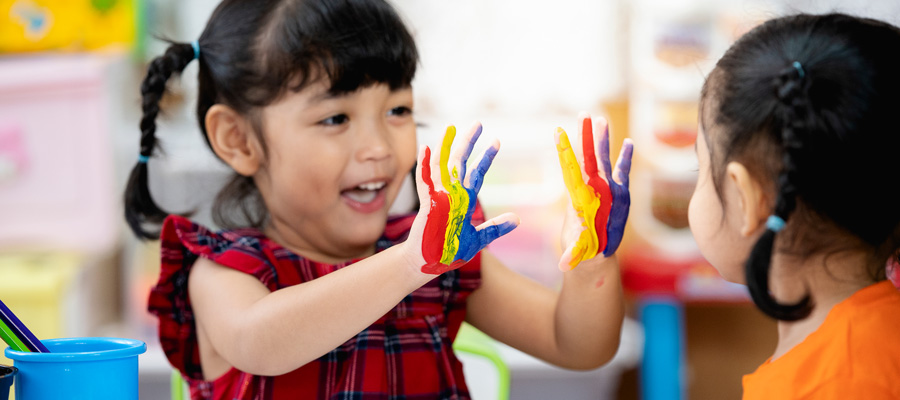Wishing away child poverty
This past week, local CTV news ran a series on child poverty called “BC’s Shame”. They’ve posted the series on their website, along with the full interview reporter Mi-Jung Lee had with Premier Campbell about child poverty. The series was very good, but the premier’s comments were disappointing.
Premier Campbell spent much of the interview disputing the use of StatsCan’s low income cut-off as a legitimate measure of poverty. This is curious, given that the premier’s own BC Progress Board uses the LICO after-tax as one of its key social indicators.
He claimed the LICO fails to capture the government’s tax cuts, but the child poverty stat used by Mi-Jung Lee (16%) is the LICO after-tax. He claimed the LICO failed to capture the government’s elimination of MSP premiums for low-income people, yet BC is in fact the only province that charges individuals MSP premiums.
The fact is, BC has the highest overall poverty rate and child poverty rate in Canada regardless of what measure one chooses to use – the LICO pre-tax, the LICO after-tax, or the federal government’s Market Basket Measure (MBM). Indeed, the MBM (unlike the LICO) captures the actual costs of basic goods and services in a given community, and by this measure, BC has an even higher poverty rate.
Our premier’s reaction is in striking contrast to Premier Danny Williams. Not long ago, Newfoundland shared with BC the ignominious distinction of having the highest poverty rate in the country. But when presented with this reality, Premier Williams chose not to dispute the data, and instead embarked on an ambitious poverty reduction plan that is getting results. Despite the lower cost of living in Newfoundland, they now have a higher minimum wage than BC, higher welfare rates, and two years ago become the first province to index welfare rates to inflation (Nova Scotia has just announced it will do the same). And Newfoundland no longer shares top spot with BC in the poverty rankings.
Premier Campbell selectively notes that BC’s child poverty rate has declined by 15% since 2003. Why 2003? Because that’s when BC’s child poverty rate peaked at 19%. What the premier neglects to mention in that in 2001 the child poverty rate was 14%, two percentage points lower than it is today.
When Mi-Jung Lee asked the premier directly if BC should follow other provinces and bring in a poverty reduction plan with legislated targets and timelines (as BC has done for climate change), the premier replied that, “Our goal is to have the lowest unemployment rate that we can, which reduces poverty.” Unfortunately, while job growth is important, if we’ve learned one thing, it is that employment is no guarantee that a person escapes poverty (especially when the minimum wage has been frozen for eight years). Despite BC’s comparatively low unemployment rate, we have the highest rate of poverty in the country. Consider this: about 3.5% of British Columbians rely on social assistance, while the overall poverty rate is 13%. Similarly, a majority of poor children have at least one parent working full time in the paid labour force. The breadth of poverty in BC is a low-wage story.
The premier was right on one point: income is not the only thing that matters to the well-being of low-income families. Public services and programs also matter. Key among these would be universal child care (if we had it). And if BC followed the lead of Newfoundland and Quebec and made dental care part of the public health care system for all children, that would be a big boost too.


